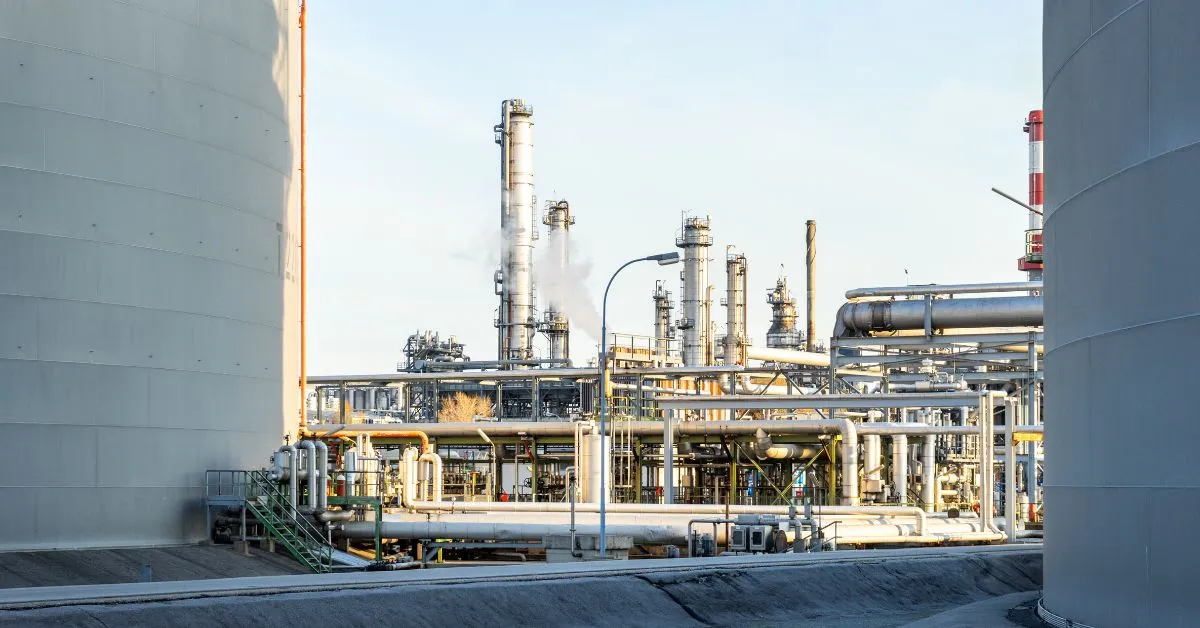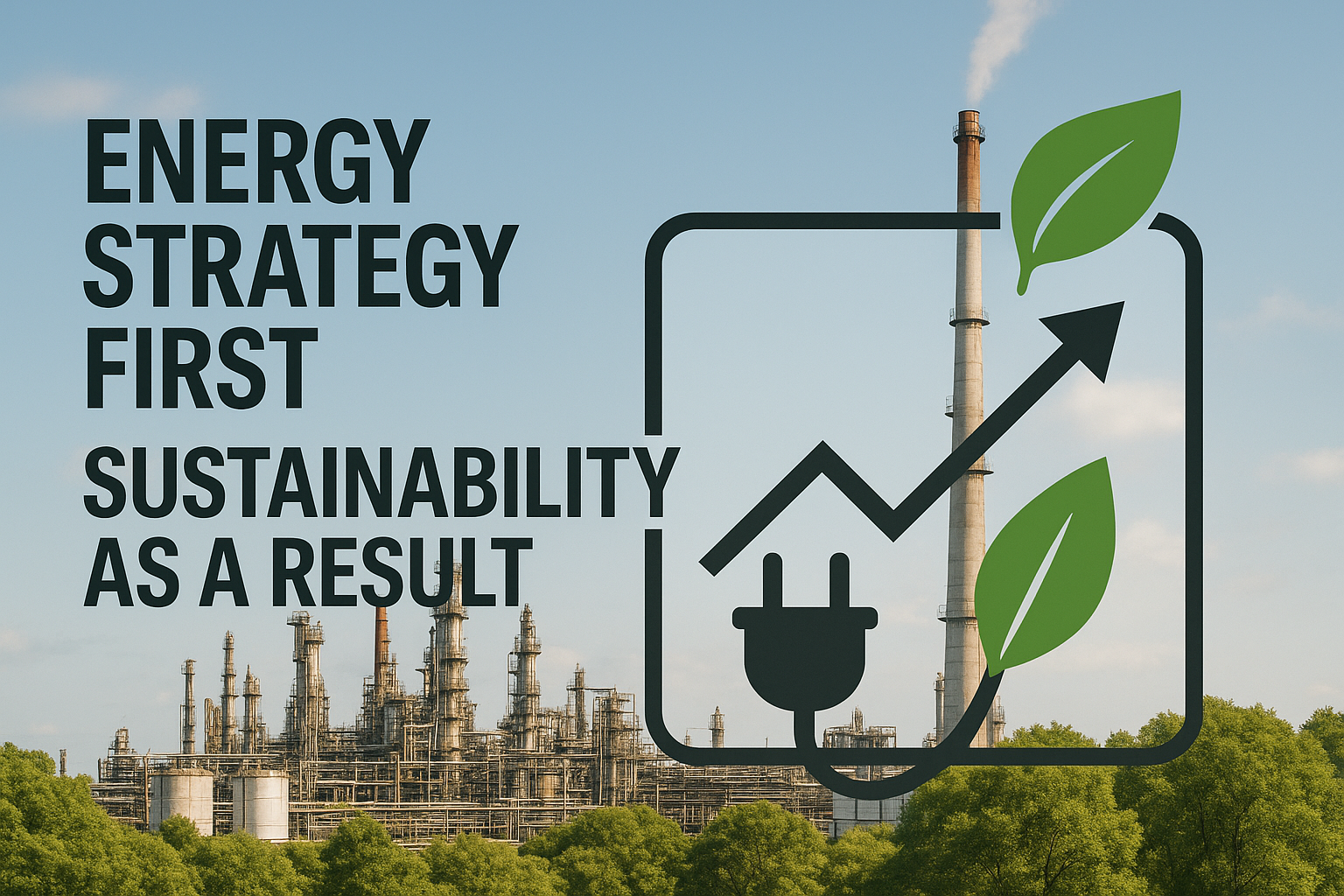Unplanned downtime. Energy inefficiency. Throughput constraints. Quality giveaway. These four issues cost refineries millions annually, and each one feeds the next. A reliability event forces conservative setpoints. Conservative setpoints waste energy. Throughput drops. Quality margins get padded further.
According to BCG research, refinery earnings have declined sharply in recent years, and inefficiencies that operators once absorbed now hit the bottom line directly. Value chain optimization represents significant opportunities for controllable cost reductions across planning, operations, and process efficiency.
This article outlines four persistent performance gaps in refinery operations that represent key opportunities for leveraging AI optimization. By employing continuous learning and real-time setpoint adjustments, AI offers a viable path toward addressing these issues.
1. Unplanned Downtime Devastates Refinery Economics
Equipment reliability failures represent a primary operational cost driver for refinery operations. According to McKinsey, mid-size refineries may face $20–$50 million in annual reliability losses due to equipment reliability issues, losses that compound during peak market conditions.
The financial impact intensifies when supply tightens. During capacity constraints, downtime costs escalate dramatically, with emergency repair costs significantly exceeding planned maintenance expenses. Refineries operating with reactive maintenance approaches often see costs exceed substantial portions of replacement asset value annually, while facilities implementing predictive approaches achieve considerably lower maintenance costs.
Critical Equipment Failures Cascade Across Operations
No refinery unit operates in isolation. When critical equipment fails, the effects ripple outward through interconnected systems:
- Crude distillation unit failures: When crude units experience unplanned shutdowns, the entire processing chain feels the impact. Downstream units operate on suboptimal feedstock inventories, creating ripple effects across multiple production systems and limiting blending flexibility for days after the initial event.
- Hydrocracker reliability issues: Hydrocracker failures affect high-value product yields directly. Refineries must process less valuable intermediate streams through alternative units, reducing overall margin realization and forcing difficult decisions about product slate priorities.
- Coker equipment problems: Coker shutdowns interrupt heavy residue processing and create inventory management constraints that ripple across multiple production units. The operational flexibility lost during these events limits a refinery’s ability to respond to market opportunities.
- Fluid catalytic cracker disruptions: Unplanned FCC shutdowns result in significant lost margin opportunity by disrupting product blending operations and forcing suboptimal product slate decisions across the facility.
Each of these failure modes forces conservative operating strategies that compound margin erosion long after equipment returns to service.
2. Energy Inefficiency Burns Through Operating Budgets
Energy represents a substantial portion of expenditures in refining, and most U.S. facilities have significant room to capture efficiency improvements through proven technologies and operational changes.
Process inefficiencies manifest through multiple pathways that compound over time. Heat exchanger fouling reduces heat transfer coefficients gradually. Steam system balancing drifts from optimal. Furnace efficiency degrades as burners age. Heat integration opportunities go uncaptured. One comprehensive energy analysis revealed substantial annual savings opportunities through targeted improvements in fired heater stack temperatures, process duty optimization, and steam loss reduction.
Where Energy Waste Accumulates
Walk through your refinery and you’ll find energy losses concentrated in predictable places:
- Fired heaters: The largest energy consumers in most refineries, fired heaters lose efficiency through burner degradation, air-fuel ratio drift, and fouling in convection sections. Stack temperatures that creep upward over time represent heat leaving the process rather than doing useful work.
- Steam systems: Steam trap failures, condensate losses, and header pressure imbalances create persistent waste that rarely triggers alarms but accumulates continuously. Many facilities operate with steam losses well above design specifications without visibility into where value escapes.
- Heat exchangers: Fouling reduces heat transfer gradually, forcing fired heaters to compensate. The additional fuel consumption often goes unnoticed because the process still meets temperature targets—just at higher cost.
- Cooling systems: Overcooling wastes the energy invested in heating, while undercooling forces downstream reprocessing. Without real-time optimization, operators default to conservative cooling that sacrifices efficiency for safety margin.
These losses compound across shifts and seasons. What looks like stable operation often masks slow efficiency degradation that only becomes visible when comparing current performance against historical baselines.
How Digital Optimization Captures Energy Value
Digital optimization technologies demonstrate compelling returns for refineries willing to invest in energy optimization. Advanced implementations achieve payback periods measured in months rather than years, with net present value that justifies broader deployment across facilities.
These systems work by maintaining fired heaters, steam systems, and heat exchangers at optimal operating points simultaneously—something manual approaches cannot sustain across complex, interconnected systems. Industry benchmarks document that value chain optimization delivers per-barrel improvement potential that translates to millions in annual savings for mid-sized refineries pursuing throughput optimization.
3. Throughput Constraints Leave Money on the Table
According to Wood Mackenzie analyses, global refining utilization rates remain high while persistent closure risks reshape competitive dynamics. This industry-wide capacity constraint creates margin opportunities for facilities that can optimize throughput while maintaining product quality and operational stability.
Ask yourself: what would capturing even a fraction of that hidden capacity mean for your annual operating results?
Throughput limitations typically stem from specific bottlenecks: crude unit atmospheric tower capacity, hydrotreater limitations, hydrogen production constraints, steam system capacity, cooling water availability, or product tankage restrictions. Advanced process control (APC) systems can deliver significant performance improvements by enabling tighter operating parameters without compromising safety margins.
Integrated optimization solutions deliver measurable results across refinery operations. Comprehensive improvements including feedstock data management, planning, scheduling, and yield accounting can achieve substantial annual savings for mid-sized refineries. The throughput optimization opportunity becomes increasingly valuable as industry-wide capacity constraints tighten and refinery margins face continued pressure.
According to BCG analysis, significant refining capacity declines are projected in certain regions, especially Europe, depending on the pace of the energy transition. Facilities that maximize utilization of existing assets through operational excellence position themselves to capture disproportionate value in constrained markets.
4. Process Variability Erodes Margins Through Quality Giveaway
Traditional measurement systems create operational constraints that force conservative safety margins when optimizing complex refinery processes:
- Analyzer accuracy limitations: Traditional analyzers measure a narrow slice of product properties, and their readings can drift between calibrations. Operators compensate by adding conservative buffers to prevent off-spec production. This conservatism translates directly to margin erosion as refineries consistently produce higher-quality products than customers require.
- Process lag time constraints: Substantial process lag times between control actions and quality measurements create uncertainty in optimization decisions. Operators maintain wider safety margins than would otherwise be necessary, leaving value unrealized with every barrel produced.
- Real-time optimization gaps: When real-time optimization is unavailable, operators default to site-specific safety margins that may be appropriate for worst-case conditions but wasteful under normal operations. These facility-wide inefficiencies compound across multiple units throughout each operating day.
These measurement and control limitations result in quality giveaway where refineries consistently produce to higher specifications than required, leaving margin on the table.
The Financial Impact of Off-Spec Production
Off-spec production creates multiple cost layers that multiply when incidents occur: reprocessing costs, product downgrading losses, and production disruptions. Financial impacts range significantly depending on the severity and duration of quality excursions.
Advanced model-based control systems reduce quality giveaway and process variability in refinery operations by enabling tighter control around optimal targets. These systems integrate with the distributed control system (DCS) to provide operators with real-time quality predictions and recommended adjustments, enhancing decision-making while operators retain authority over final control actions. Traditional operator-centric control results in substantially higher process variability compared to AI-enabled approaches that continuously adapt to changing conditions.
The Path Toward Integrated Refinery Optimization
These four operational constraints are interconnected: equipment failures disrupt optimal operation, forcing conservative parameters that increase energy consumption and reduce throughput while compromising quality consistency. Future optimization systems will address these constraints simultaneously rather than in isolation.
The path to autonomous optimization does not require immediate closed loop implementation. Many refineries begin in advisory mode, where AI models provide recommendations while operators retain full control. As teams build confidence in the technology’s predictions, they can progressively enable supervised automation and eventually full closed loop optimization within validated operating envelopes. This journey approach reduces implementation risk while capturing value at each step.
Digital twin technologies enable continuous model updating that keeps optimization aligned with evolving plant conditions. The economic imperative continues to strengthen as margins compress. Companies that systematically integrate AI-driven process optimization into their operations can establish sustainable competitive advantages through reduced unplanned downtime, extended equipment life, and improved operational efficiency.
How Imubit Addresses Operational Losses in Refineries
For refinery operations leaders seeking to capture margin improvements across these four operational constraints, Imubit’s Closed Loop AI Optimization solution addresses the core limitations of traditional control approaches. The technology combines deep reinforcement learning (RL) with real-time process data to continuously optimize refinery operations and improve performance over time.
Unlike conventional APC solutions that require extensive modeling efforts and periodic retuning, the AIO solution learns directly from historical plant data and writes optimal setpoints to the control system in real time. By continuously adapting to changing conditions, including crude slate variations, equipment degradation, and ambient temperature shifts, Imubit unlocks hidden efficiencies across reliability, energy consumption, throughput, and product quality.
Get a Plant Assessment to discover how AI optimization can reduce operational losses in your refinery while maintaining safety and product quality standards.




